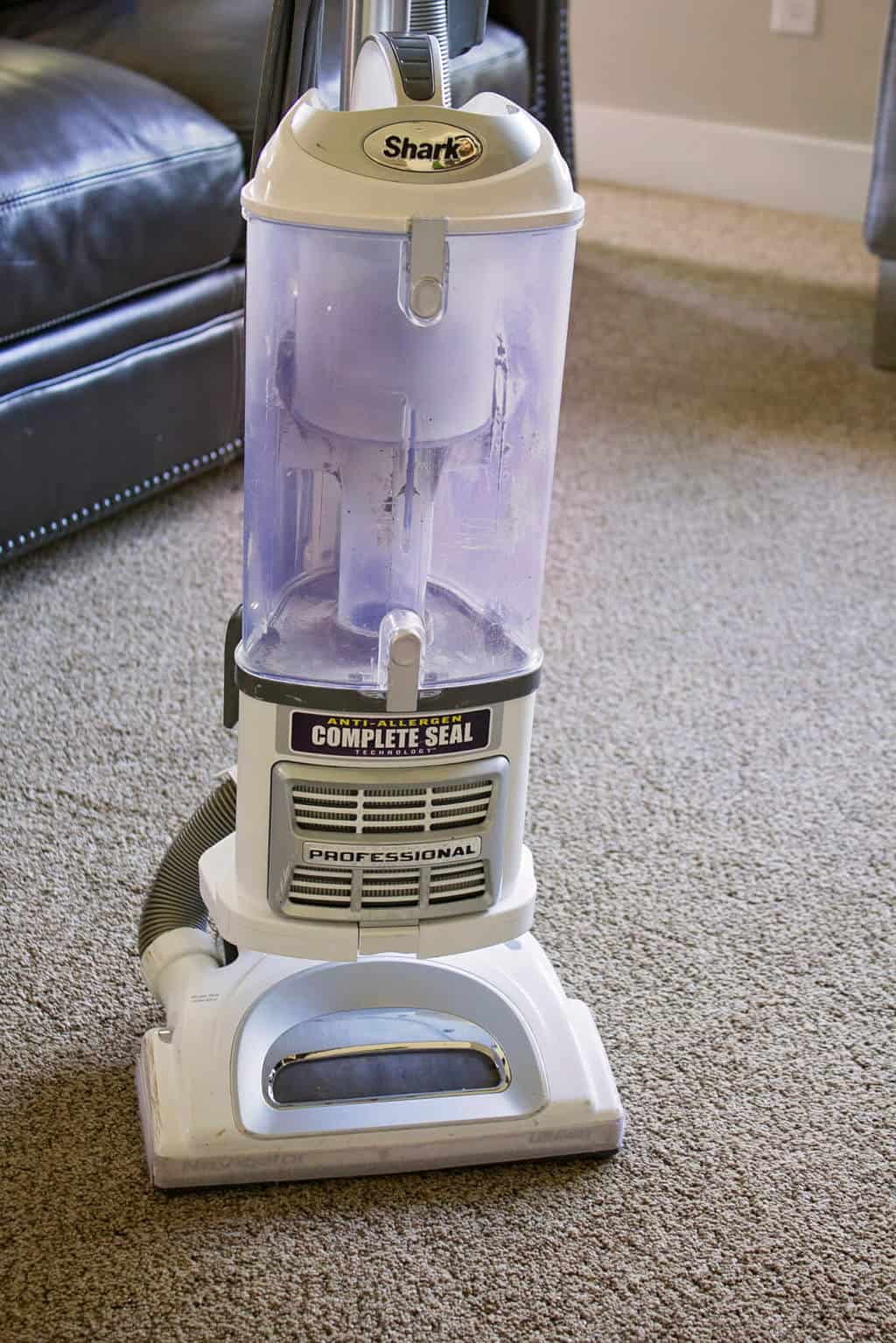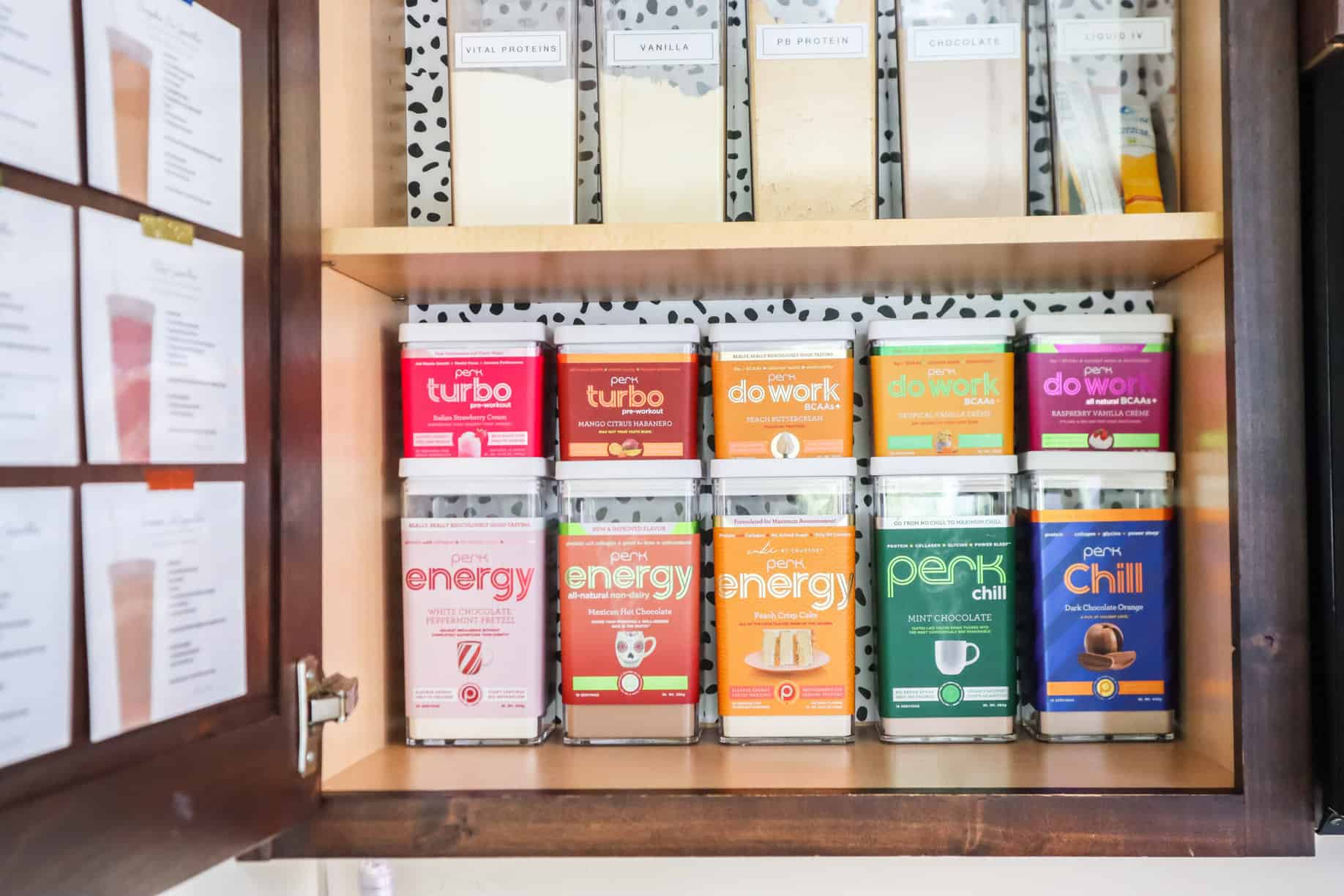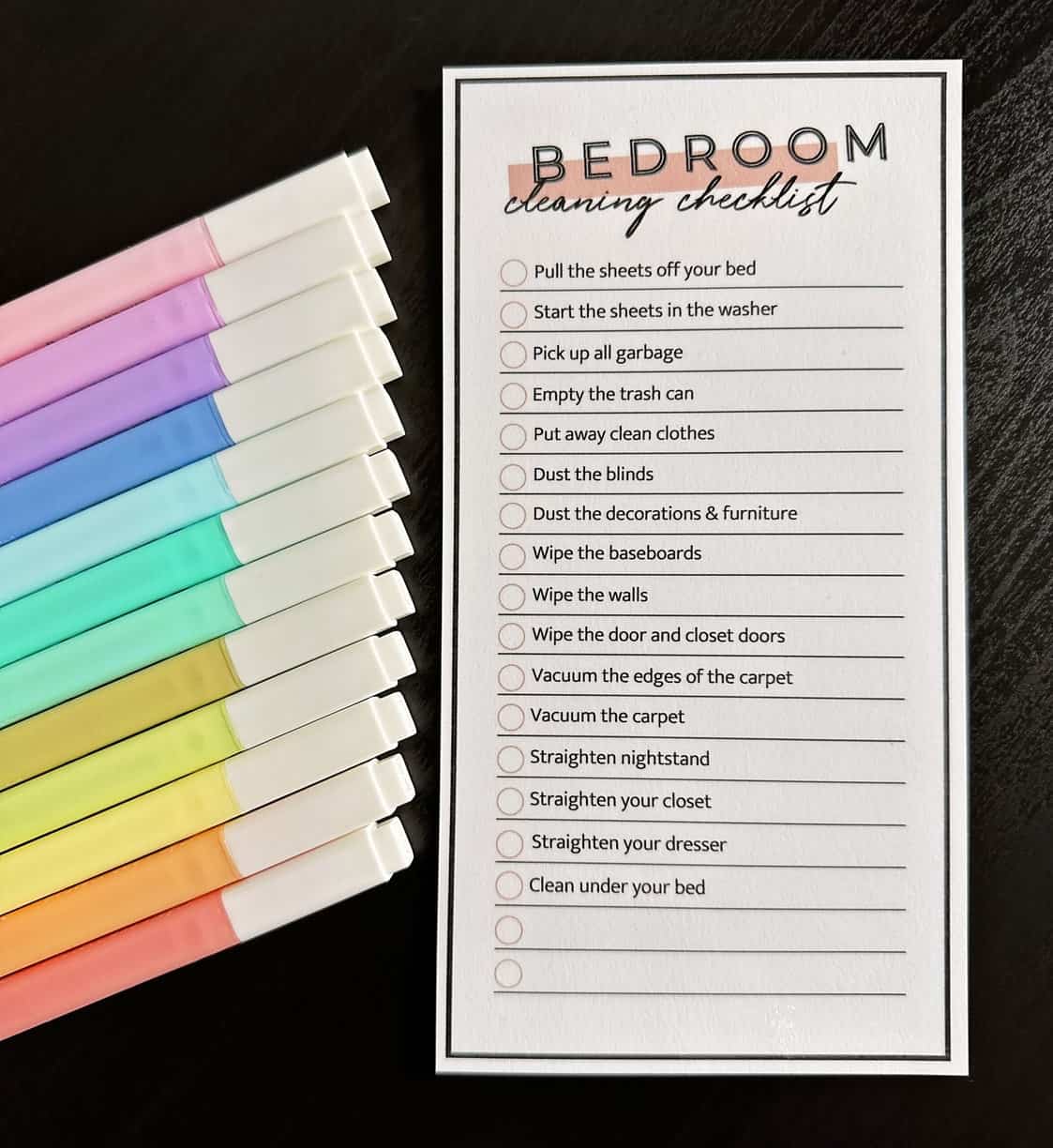How to Clean Your Washer: The Best DIY Solutions
Your washer is one of the most important appliances in your home. Not only does it clean your clothes, but it also helps keep them free from bacteria and other harmful contaminants. But what happens when your washer isn’t clean?
Most people don’t realize they need to clean their washing machines, but it’s actually a necessary part of keeping your washing machine running properly! If you don’t clean your washer on a regular basis, you could be at risk for a buildup of mildew, mold, or other hard water deposits.
Luckily, the best remedies are all DIY solutions with items you probably have on hand! In this post, we will discuss how to clean your washing machines with some easy homemade solutions, plus some tricks and tips!
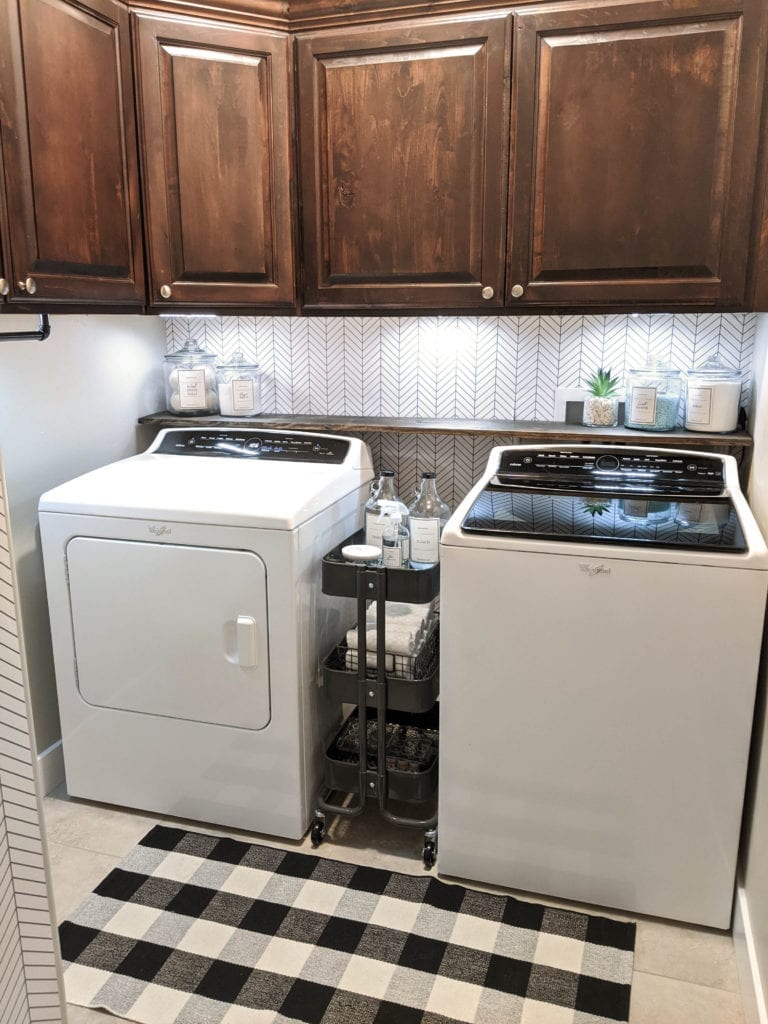
How to Clean Your Washing Machine
Take a second and think about the last time you cleaned your washing machine. If the answer is “never,” don’t worry – we aren’t judging. That just means you need to start cleaning it!
Get into a habit of cleaning your washing machine on a regular basis. It will help you prevent any buildup of mildew, mold, or other hard water deposits. Because your washing machine often runs warm or hot water, it’s easy for there to be leftover soap scum from too much detergent or fabric softener in some of the nooks and crannies.
To make sure your washing machine stays clean so that it can properly clean your clothes, use the following cleaning tips! Clean your washing machine once every month or so and it will help prevent mold and clean out any remaining grime from all the nooks and crannies of your washing machine.
There are a few different ways that you can clean your washing machine. You can use a store-bought cleaner, or you can make your own homemade solution. We are going to cover a couple of ways you can make your own cleaner!
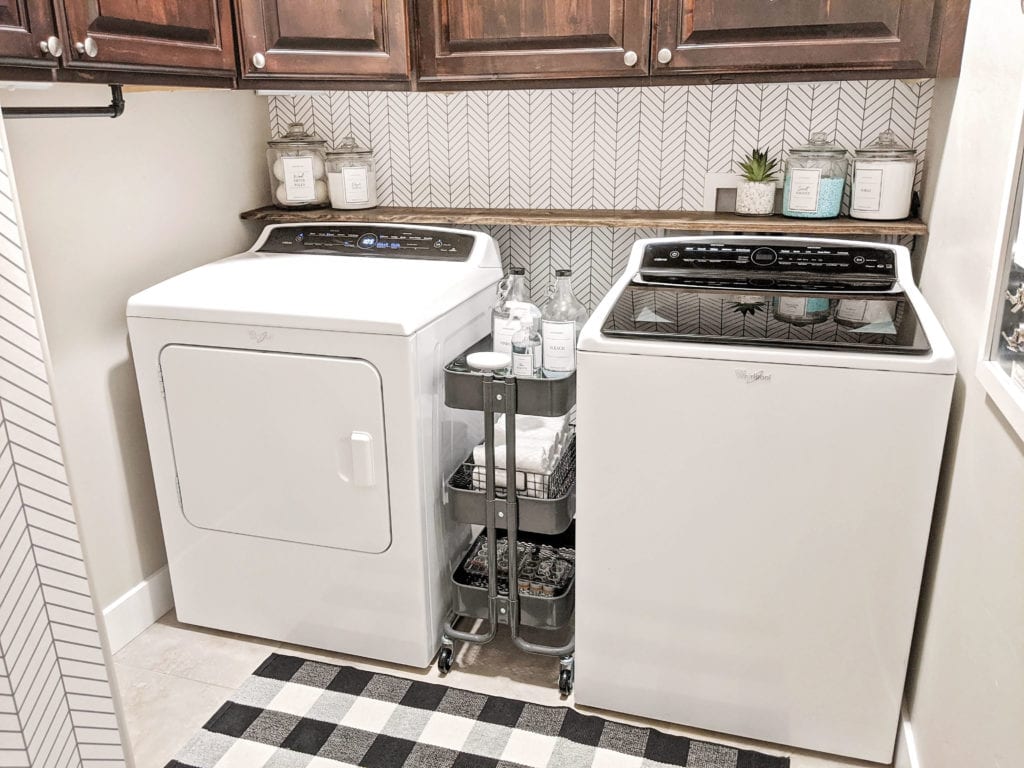
Use White Vinegar
The first method is the easiest. This is probably the one you’ll use most often. You basically just need white vinegar!
What You’ll Need
- Distilled white vinegar
- A sponge or a microfiber cloth
What to Do
Step 1: Start by wiping down the exterior of your washing machine. Then, clean the detergent drawer and dispenser with white vinegar on a sponge or damp microfiber cloth. Be sure to clean out any gunk that’s accumulated in there!
Step 2: Once you’ve done that, it’s time to clean the inside of your washing machine. Pour two cups of white vinegar into the detergent compartment and run a normal cycle on hot with no clothes inside the washer drum. The white vinegar won’t damage your machine or future loads.
The white vinegar works with hot water to prevent bacteria from growing and to cut through any bad smells or mildew. Use the hottest setting to really wash out any leftover detergent or scum.
Step 3:
After you’ve run a complete cycle, mix a quarter cup of vinegar with about a quart of warm water. Then you can use that mixture to clean any crannies that the wash cycle might have missed. Get the detergent dispenser and wipe down the door (especially with the door open so you can get in the cracks there, like by the rubber seal).
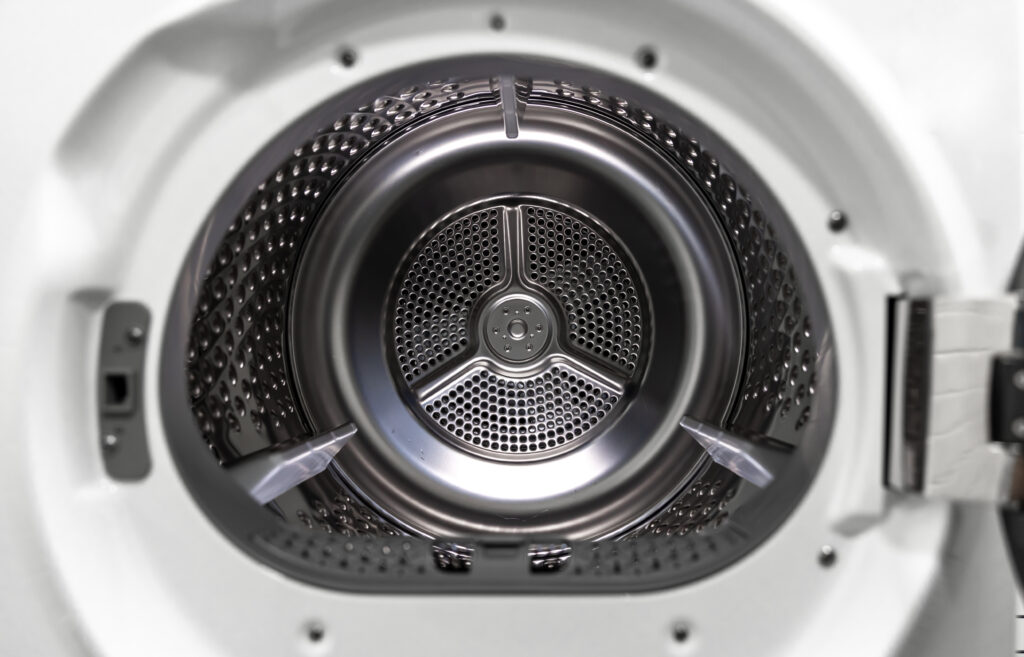
Level Up Your White Vinegar Mixture
If you need a deep clean of your washing machine (which might be the case if it’s your first time cleaning out your washing machine), you might need a different mixture than just vinegar water. This method also switches around the order, which might work better for your washing machine.
What You’ll Need
- Distilled white vinegar
- Baking soda
- Hydrogen peroxide
- Dry microfiber cloth
- Scrub brush or old toothbrush
What to Do
Step 1: For this method, you’ll need to start by cleaning the inside of your washing machine just like you would with the vinegar and hot water method. Wipe down your washing machine drum using a cloth or sponge with a bit of vinegar. Don’t use a sponge that is too rough if your washing machine door or lid is made of glass (otherwise it might get scratched). Use a dry or damp cloth in that case!
Step 2: After you clean the washer drum, then you’ll run a normal cycle with one cup of vinegar. Again, I’d recommend using hot water for your wash cycle. This will disinfect your washer.
Step 3: After your vinegar soak, add 1/3 cup of baking soda to your washing machine drum and run the washing machine again, but with no detergent or vinegar in the dispenser.
The baking soda will deodorize your machine! If you don’t want to run two empty cycles, you can alternate each month between a vinegar wash and a baking soda wash.
Mixing baking soda and vinegar won’t hurt your washing machine filter, but they’ll counteract each other and it won’t be as efficient.
Step 4: Use the toothbrush or cloth to get hard-to-reach spots and wipe any mold, mildew, or other stains from your washer.

Use Bleach
You can use bleach to clean the washer. Add one cup of bleach to an empty washing machine, let it sit for a little bit, and then run it on the hottest cycle.
If your washing machine doesn’t have a hot water setting, mix the bleach with very hot water before adding it to the machine.
Do not – and I repeat DO NOT – mix vinegar and liquid chlorine bleach together. If you do a quick bleach load, do a vinegar wash separately. It can be dangerous to mix vinegar and bleach, so only use bleach on its own if you really need to disinfect your washer.
Then run an empty load on hot water afterward to wash out any remaining bleach.
How to Clean a Top Loading Washing Machine
If you have a top-loading washing machine, the process is a little different. Top loading washing machines also collect dust, so wipe down the top of your machine and your dials with baking soda and water.
You’ll also want to clean the seal around the door first because the washer lid on top-loading machines can collect soapy water and create mildew.
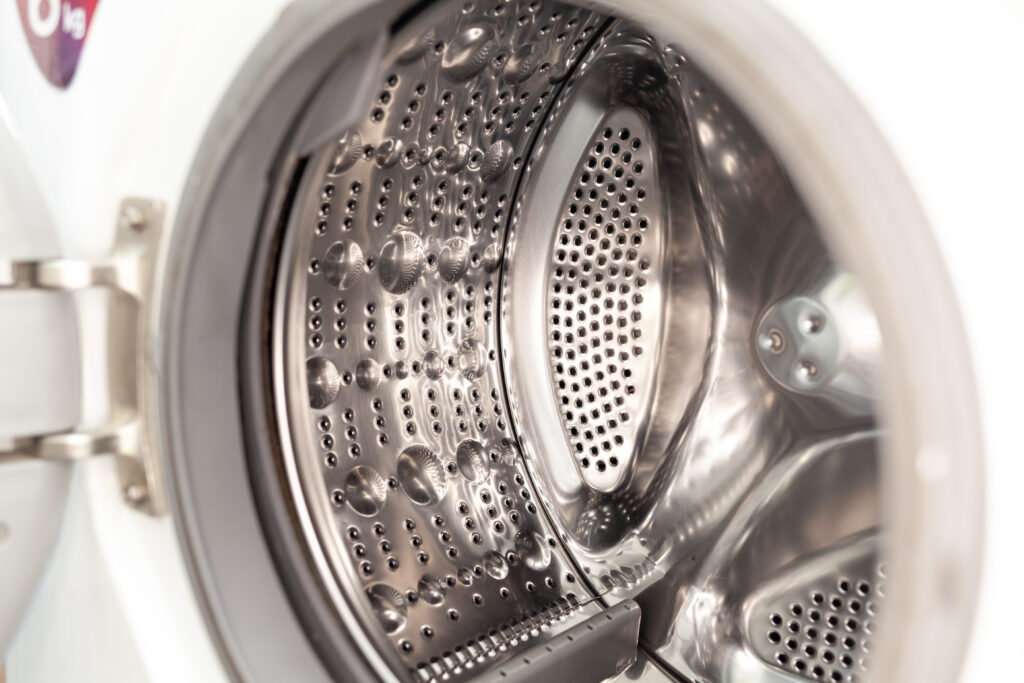
How to Clean a Front Loading Washing Machine
When cleaning front loading washing machines, you need to make sure to get around the door, as that is where most musty smells accumulate in a front loading washing machine.
Spray it with a cleaner or with a vinegar mixture and let it sit before wiping it down. You can also use diluted bleach if necessary, but leave the washer door open and let it air out before closing the door.
How to Avoid Future Issues
There are multiple ways to solve a hard water problem for good.
The easiest is to use a water softener. It will remove any scale before the water reaches your washer.
A water conditioning system can also be used. It’s similar to a water softener but does not require salt in its softening process.
Another, more expensive way is to use a whole house reverse osmosis system. Just like water softeners, the best whole house RO filters remove hard water minerals. But they are more difficult to install and maintain.”
And that’s how you clean a washing machine!
I know it seems like a washer should just… wash itself while it’s cleaning your clothes, but that’s not the case. Whether you have a front load washer or a top-loading washer, it’s important to know how to clean a washing machine.
You definitely want to make sure your top load washer or front load washers have no mineral deposits, mold, or musty smells. But cleaning your washer is easy with these easy steps! Just wipe down the drum for any leftover detergent or fabric softener and run a hot cycle with no clothes and a special DIY solution. Make sure you’re cleaning the detergent and fabric softener dispenser too.
And that’s how you clean a washing machine! Now your laundry room is all set for your next laundry cycle and your washing machine is ready to do an even better job cleaning your clothes.


